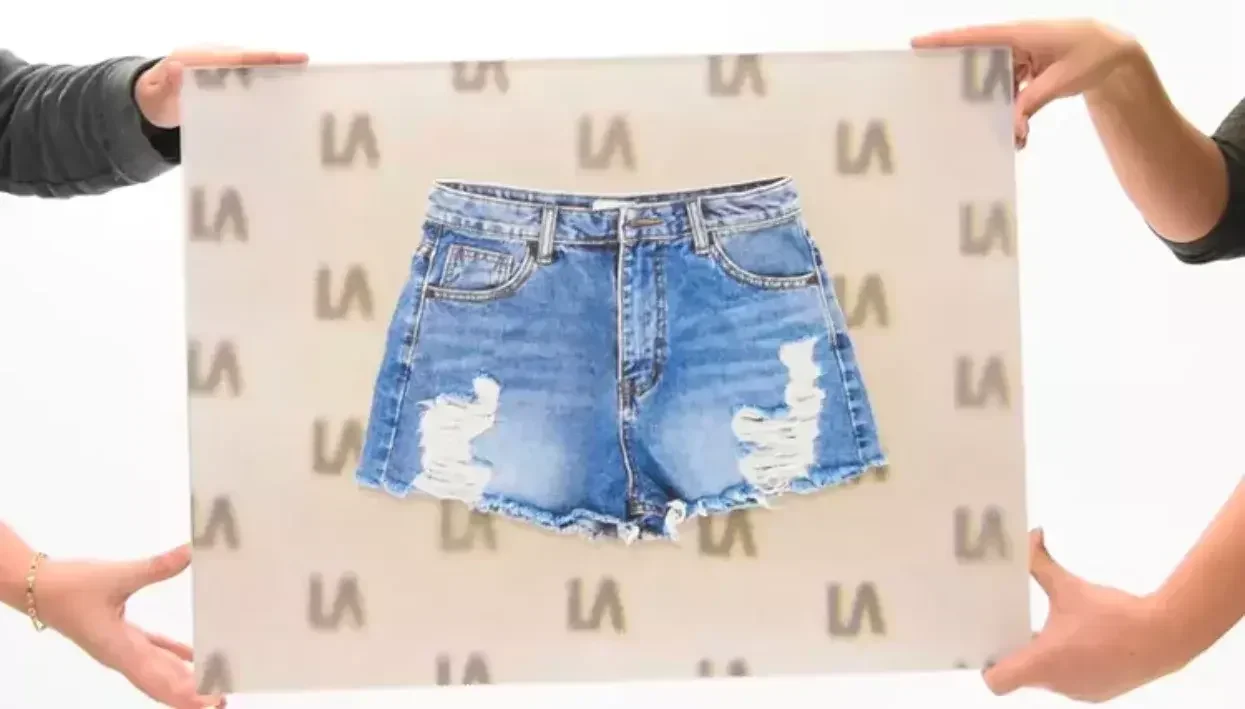Digital Printing
Wide Format Printing
Wide format lenticular printing
Author
FESPA Staff
Published Date
24/11/2020
Become a FESPA Member
to Continue Reading
